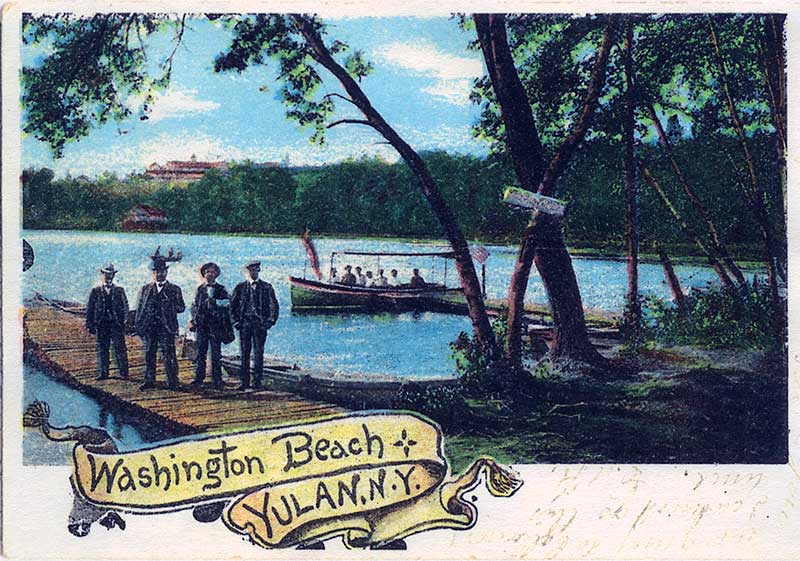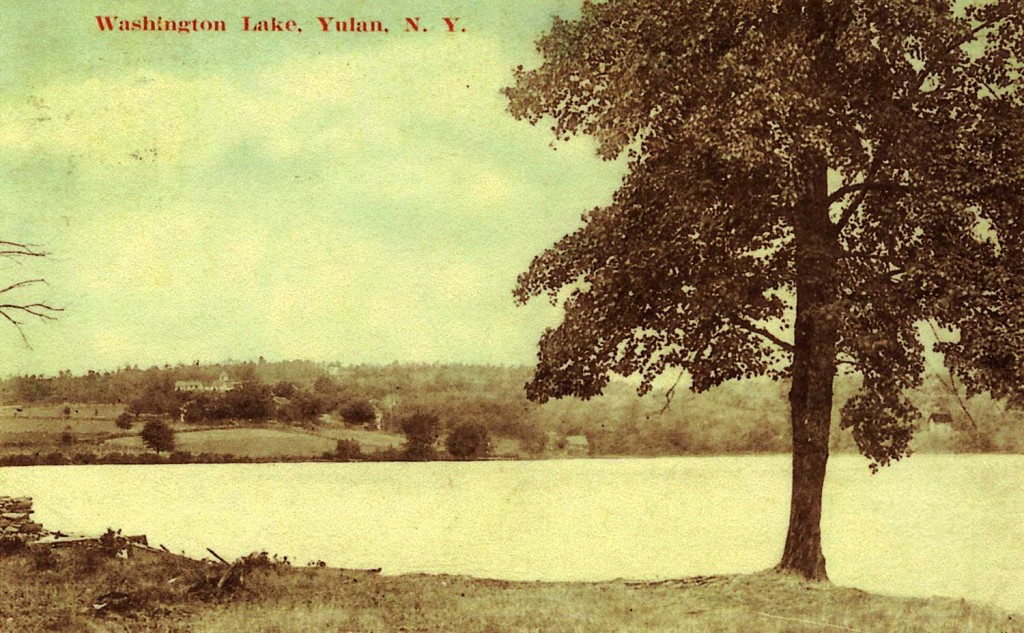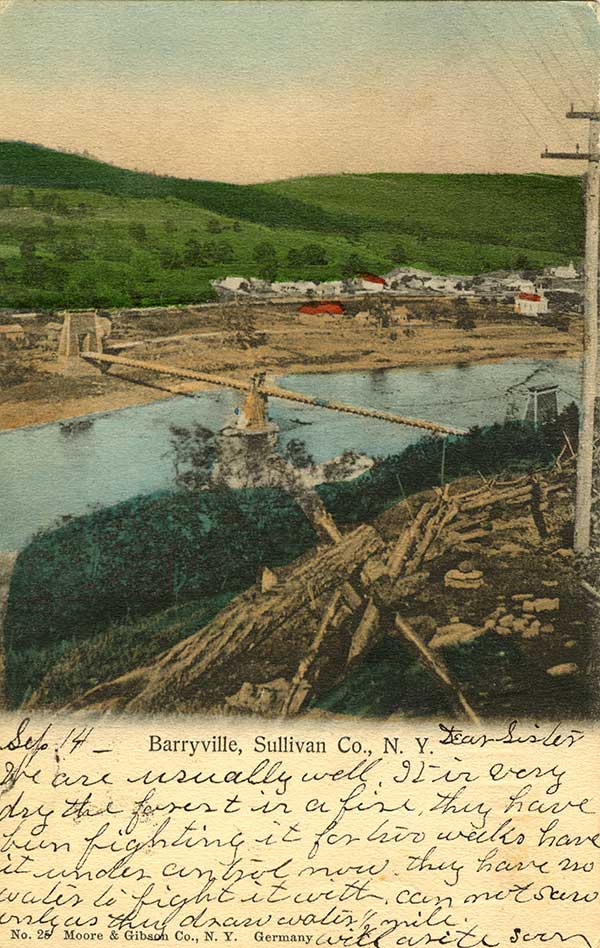
Bodin, Bodean, Bodine Lake
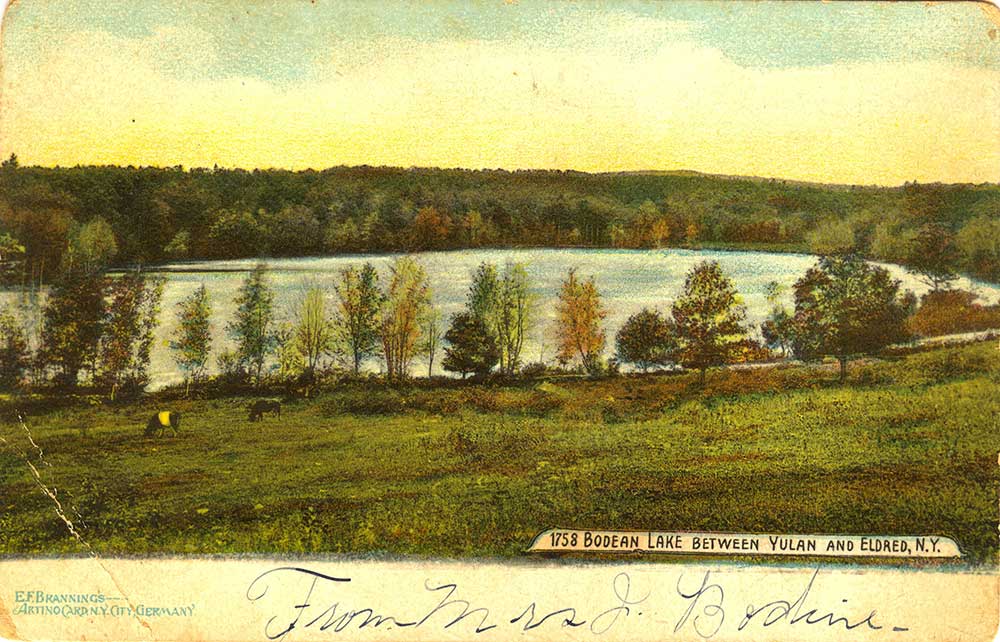

Washington Beach Dock
1924 Highland Lake View
Eldred House Photo Request
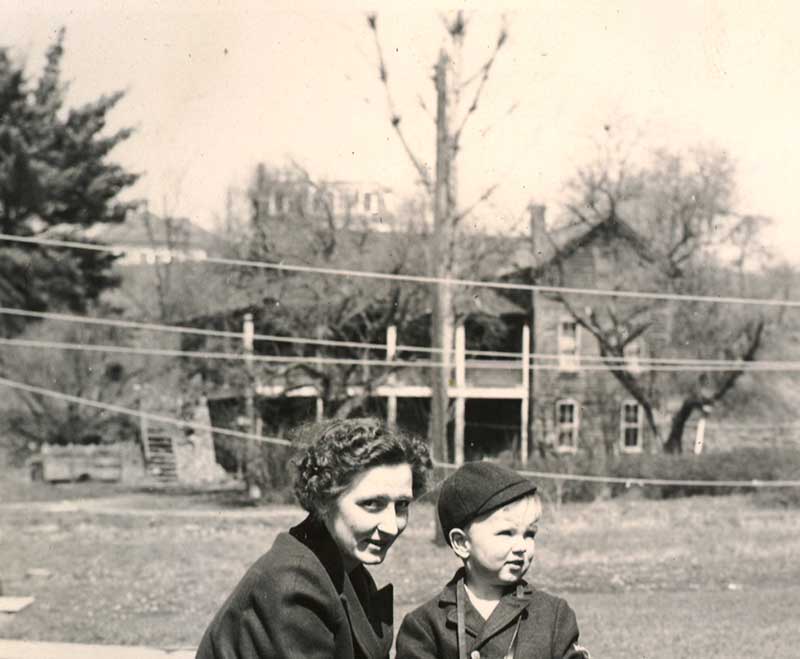
Does anyone have another photo of what was once James Eldred’s house shown in this photo?
The home is no longer there, but sat near Halfway Brook, south of of Proctor Road. It was the house which replaced the original structure James Eldred and his family settled in at the end of 1815.
My great-grandmother Mary Ann Eldred (Austin) would have been almost three when the house in the photo was built around 1830. I also think my grandfather C.M. Austin and his twin Edward were born in that house in 1865.
I first posted a request for the names of the people in the photo. They are Mary Myers and her son Clifford. The photo is on page 327 of “Farewell to Eldred.”
Washington Lake, 1920
Hickok Falls and Water Wheel
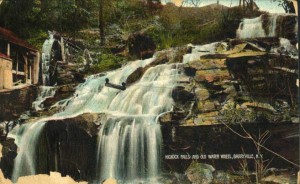
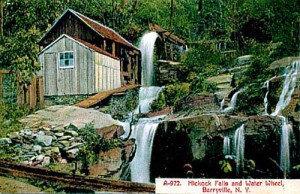
I am hoping that one of my Halfway Brook readers has the originals of these postcards and could scan them for me. (For print work I need larger images.)
Also if anyone has any information about the Hickok Falls or the old water wheel and (I assume) sawmill I would appreciate that.
My great-great-great-grandparents Asa and Esther Hinman Hickok and family arrived in Lumberland around 1813, and lived a couple miles above Barryville.
I imagine it was in the area where Hickok Brook meets Halfway Brook. They were my first relatives to arrive in the area.
I am currently working on a story about two granddaughters of David Hickok (brother of Asa) visiting Mary Ann Eldred Austin and Justus Hickok (Asa’s grandchildren) in the town of Highland, New York in 1854.
If you have information or can scan the postcards, please contact me: info (at) halfwaybrook (dot) com. I will give you more details regarding scanning the postcards. Thank you.
Revisiting 1942 Flood in Barryville

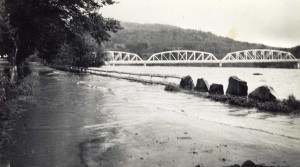
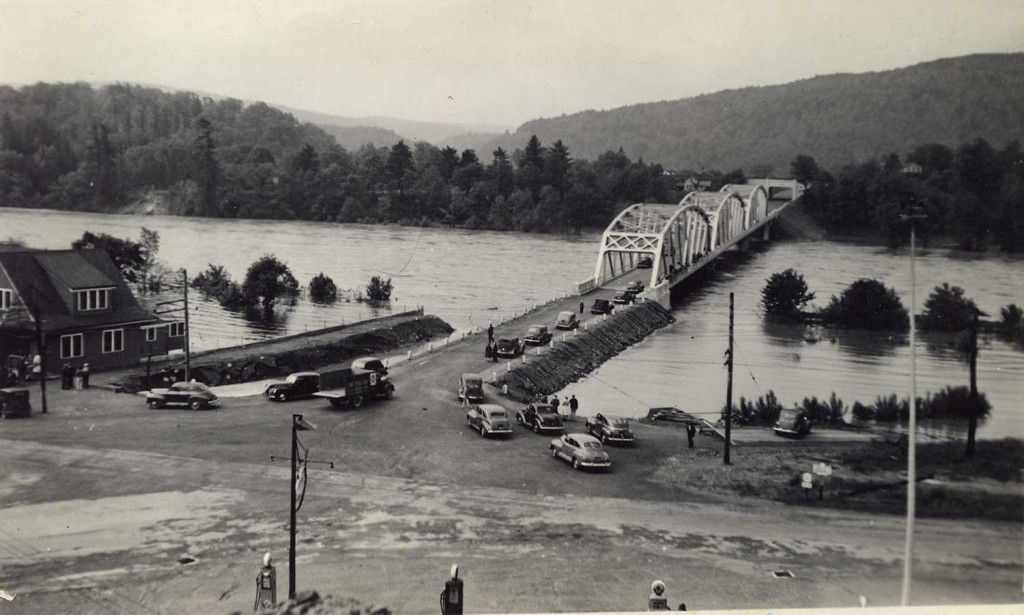
I thought my Halfway Brook readers might enjoy the larger images even though a few of these photos have been posted before:
I have rescanned them larger and/or with some tone.
Click on photos twice for largest size.
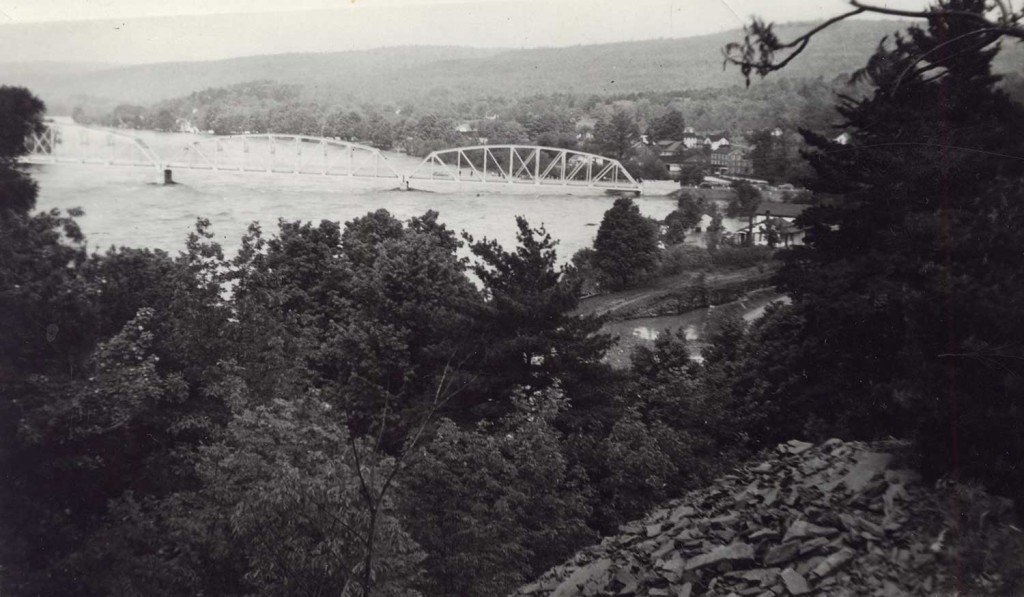

1940s Barryville from Shohola
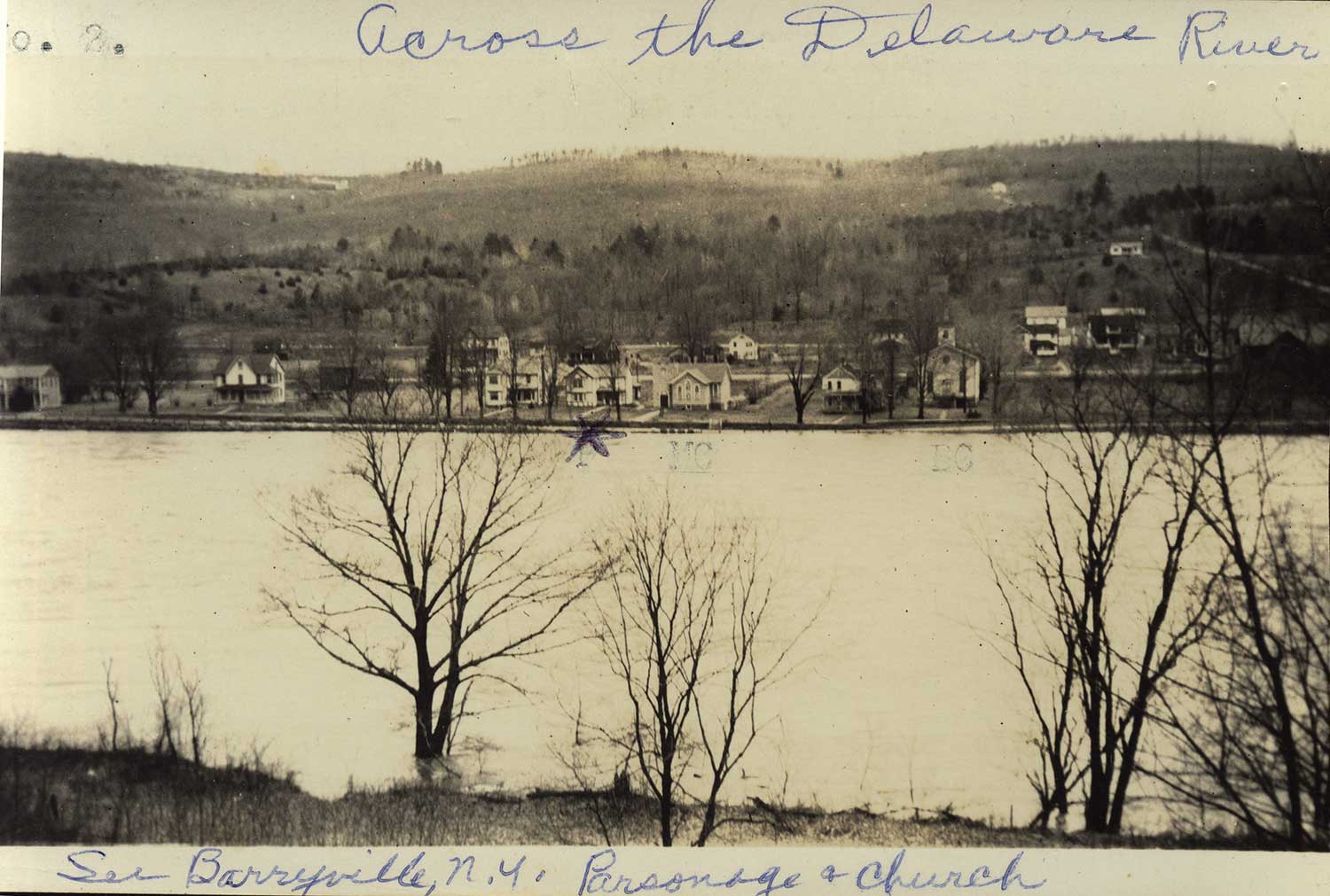

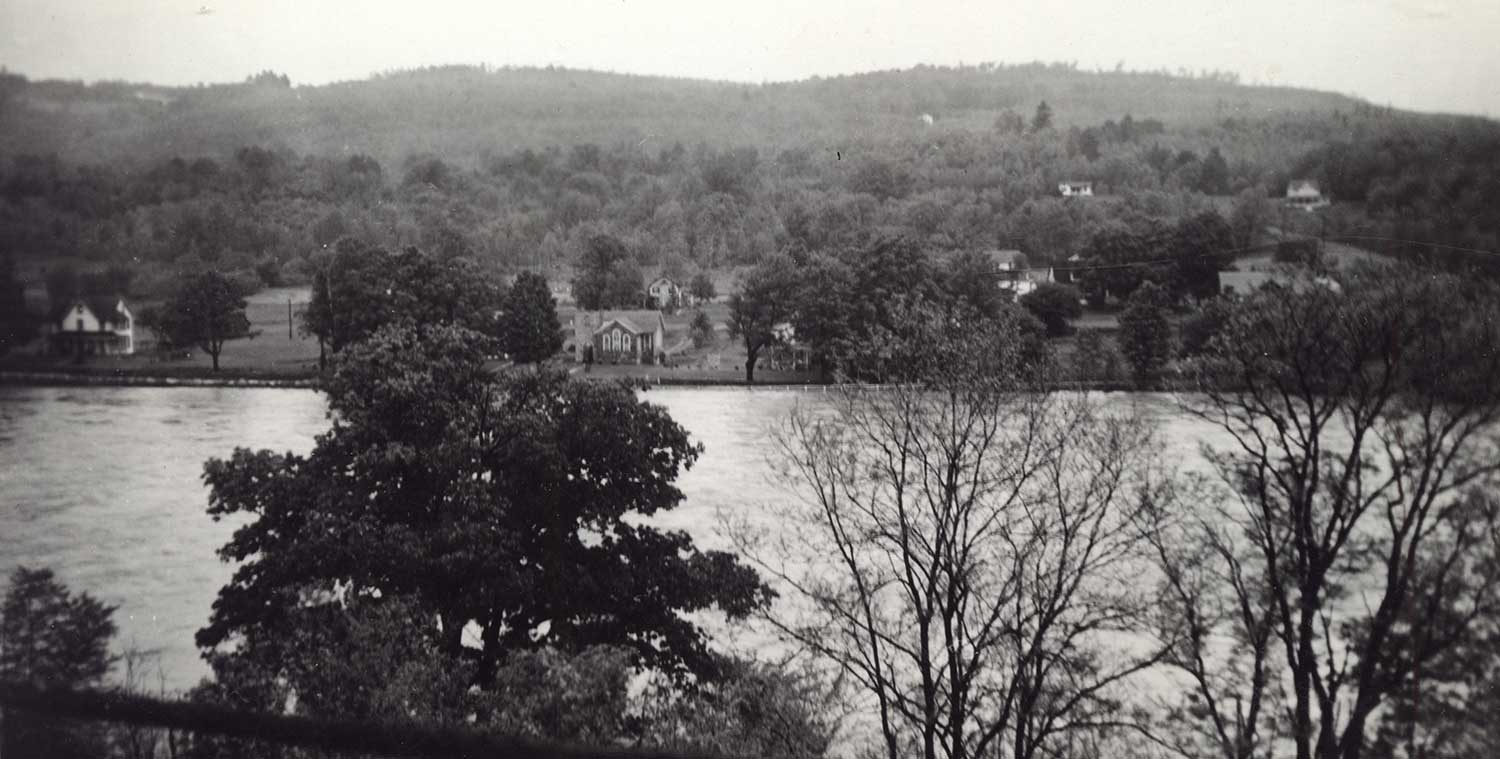

1940 Shohola-Barryville Bridge
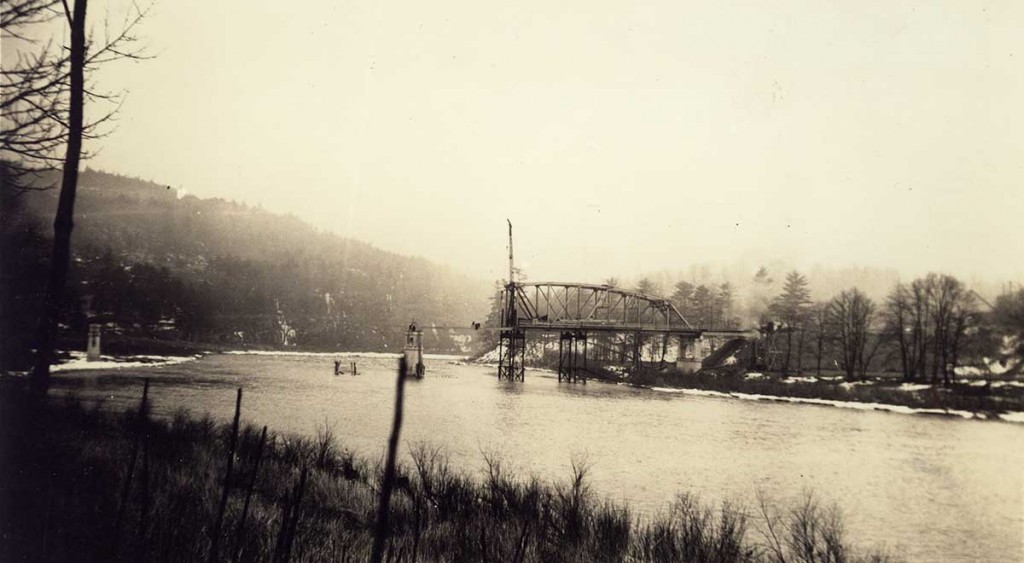
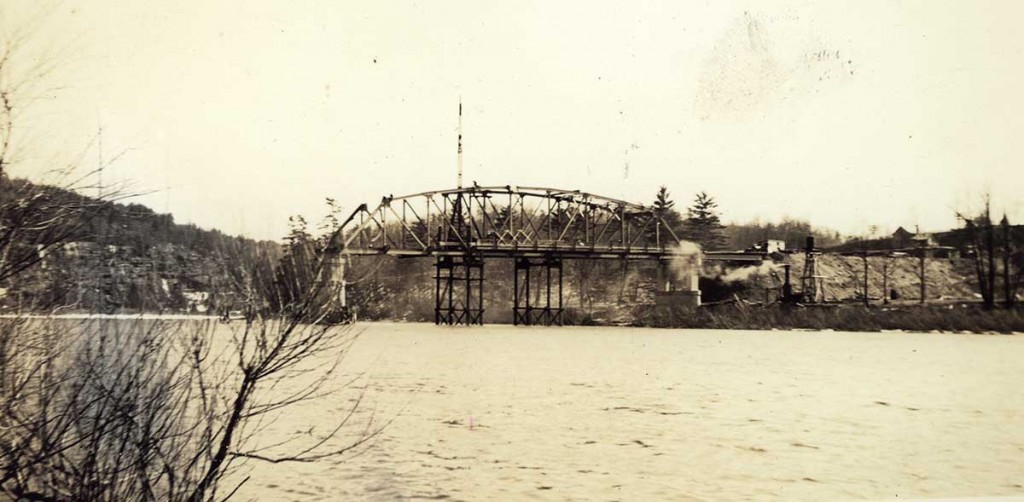
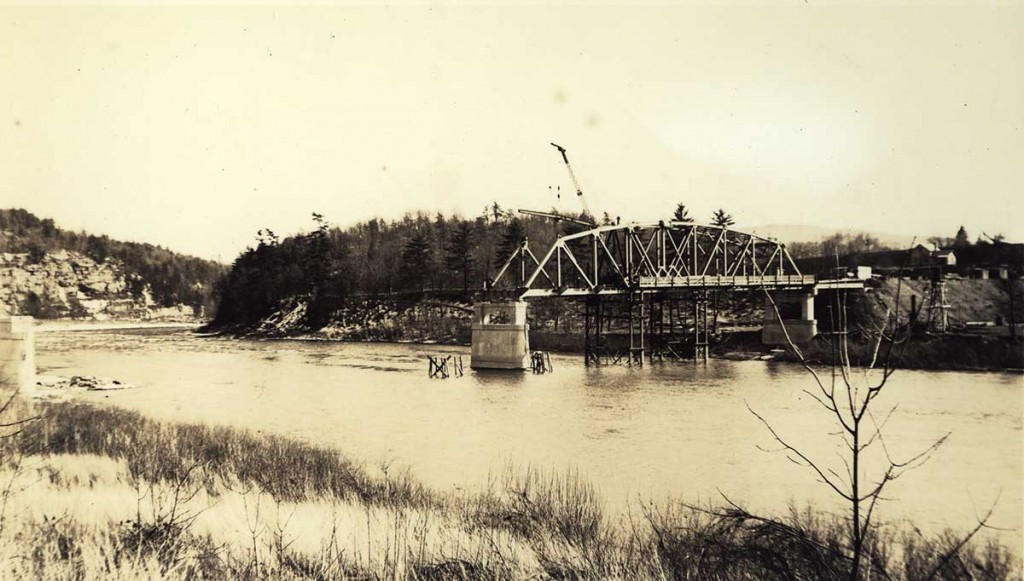
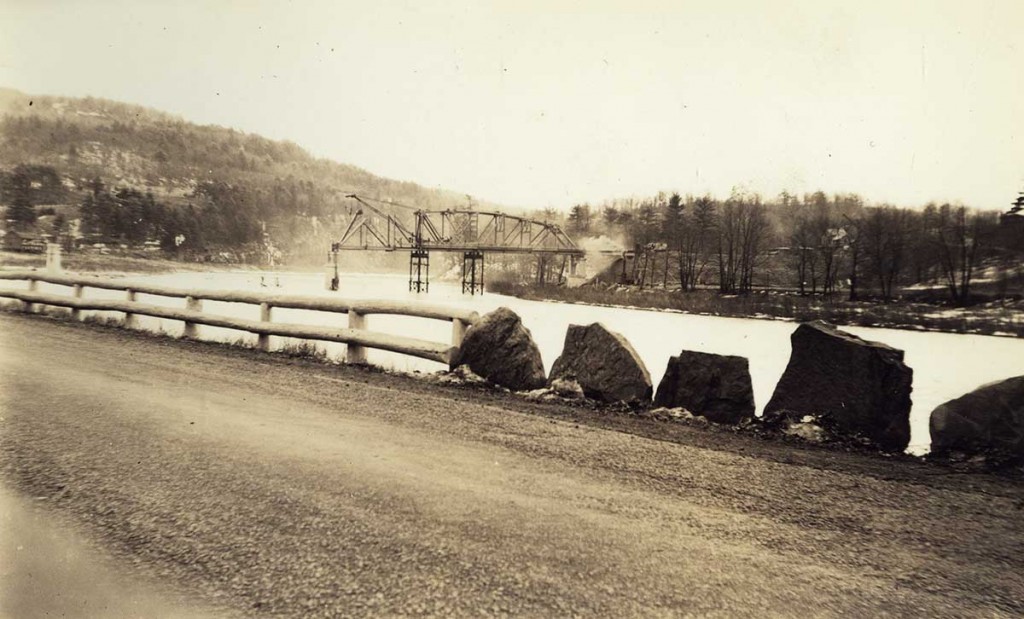
Photo: H.I. Briggs.

